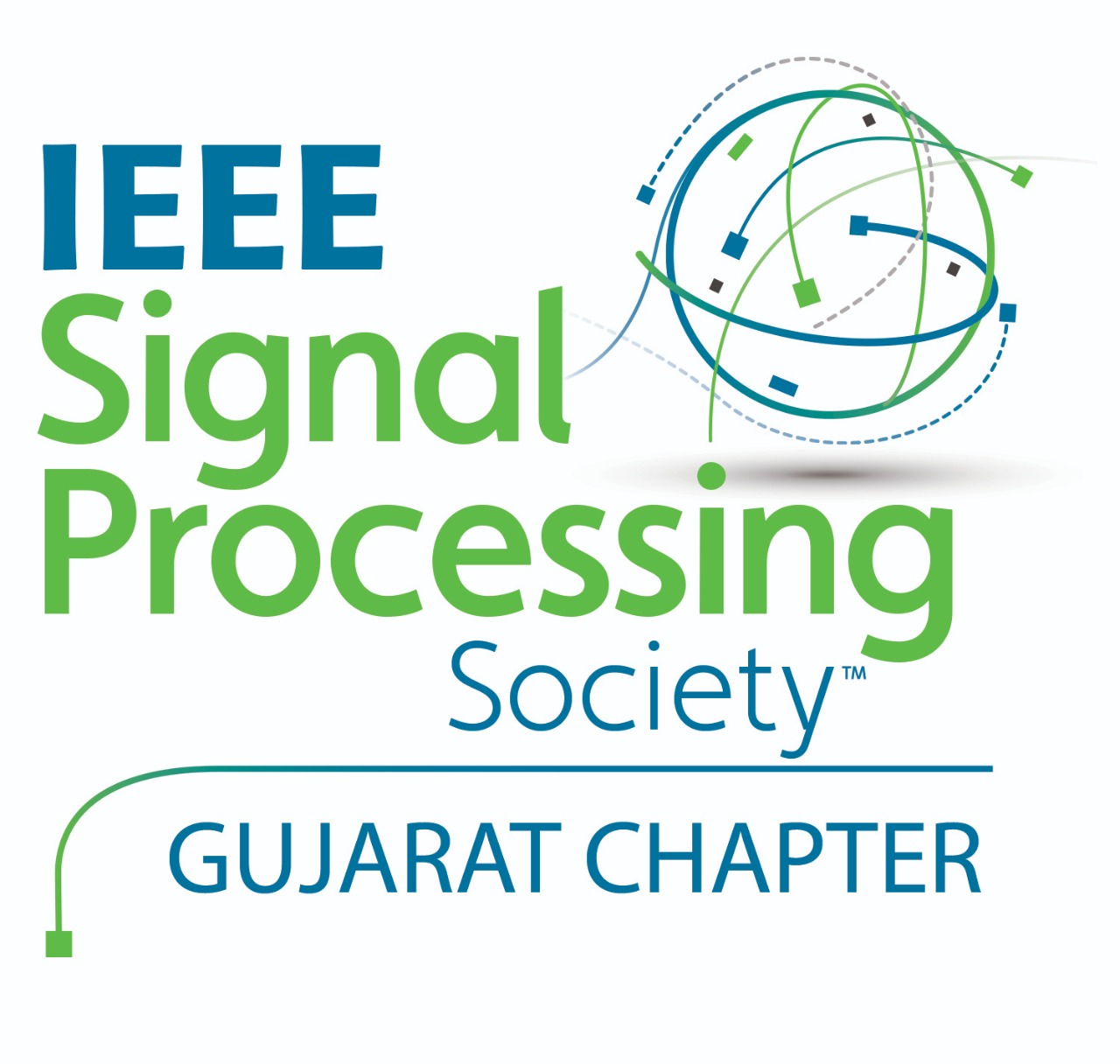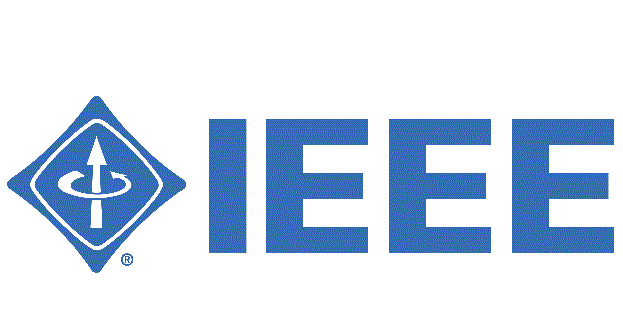Tracks
- Computing
- Artificial Intelligence (AI) and Machine Learning:
- Machine Learning Algorithms
- Deep Learning Architectures
- Natural Language Processing
- Computer Vision
- Reinforcement Learning
- Computer Architecture and Systems:
- High-Performance Computing
- Parallel and Distributed Systems
- Computer Organization and Design
- Quantum Computing
- Embedded Systems
- Cybersecurity:
- Network Security
- Cryptography
- Threat Detection and Prevention
- Cybersecurity Policies and Governance
- Ethical Hacking and Penetration Testing
- Data Science and Big Data:
- Big Data Analytics
- Data Mining and Knowledge Discovery
- Data Warehousing
- Data Integration and Cleaning
- Scalable Data Storage and Processing
- Internet of Things (IoT):
- IoT Architectures
- Edge Computing
- IoT Security and Privacy
- Applications of IoT in Smart Cities, Healthcare, Smart Home etc.
- Smart Grids
- Intelligent Transportation Systems
- Software Engineering:
- Software Development Methodologies
- Requirements Engineering
- Software Testing and Quality Assurance
- DevOps and Continuous Integration
- Software Maintenance and Evolution
- Human-Computer Interaction (HCI):
- User Experience (UX) Design
- User Interface (UI) Design
- Interaction Design
- Accessibility in Computing
- Virtual and Augmented Reality
- Computer Networks and Communications:
- Wireless and Mobile Networks
- Network Protocols
- Network Security
- Cloud Computing
- Edge Computing
- Quantum Computing:
- Quantum Algorithms
- Quantum Cryptography
- Quantum Machine Learning
- Quantum Hardware
- Computational Biology and Bioinformatics:
- Computational Genomics
- Protein Structure Prediction
- Biomedical Data Analysis
- Computational Neuroscience
- Robotics and Automation:
- Robotic Systems Design
- Autonomous Vehicles
- Humanoid Robots
- Swarm Robotics
- Industrial Automation
- Computing for Social Good:
- Technology for Sustainable Development
- Digital Inclusion
- Ethical Computing
- Civic Tech and Government Technology
- Signal/Image/ Video Processing
1. Image Processing:
-
-
- Image Enhancement
- Image Segmentation
- Image Compression
- Image Registration
- Image Filtering and Restoration
- Video Processing:
- Video Compression
- Video Analysis and Summarization
- Motion Estimation
- Video Object Tracking
- Video Coding Standards
- Signal Processing Algorithms:
- Digital Signal Processing (DSP)
- Adaptive Signal Processing
- Multidimensional Signal Processing
- Statistical Signal Processing
- Real-time Signal Processing
- Audio Signal Processing:
- Speech Processing
- Audio Coding and Compression
- Music Signal Processing
- Acoustic Signal Processing
- Environmental Sound Processing
- Biomedical Signal Processing:
- Medical Image Processing & Systems
- ECG, EEG, MRI Signal Processing
- Biomedical Signal Processing
- Wearable Health Devices
- Bioinformatics
- Deep Learning for Signal/Image/Video Processing:
- Convolutional Neural Networks (CNNs)
- Recurrent Neural Networks (RNNs)
- Generative Adversarial Networks (GANs) for Image/Video Synthesis
- Transfer Learning in Image Processing
- Explainable AI in Image/Video Analysis
- Hardware Implementation of Signal Processing Algorithms:
- FPGA-based Signal Processing
- ASIC Design for Signal Processing
- Embedded Signal Processing Systems
- GPU Acceleration
- Emerging Technologies:
- 3D Image and Video Processing
- Augmented Reality (AR) and Virtual Reality (VR)
- Hyperspectral Imaging
- Quantum Signal Processing
- Security and Privacy in Image/Video Processing:
- Watermarking and Copyright Protection
- Privacy-preserving Image/Video Processing
- Secure Transmission and Storage
- Applications:
- Satellite Image Processing
- Remote Sensing
- Autonomous Vehicles and Robotics
- Image/Video Forensics
- Social Media Image/Video Analysis
-
- Electronics & Communication
- Analog and Digital Electronics:
- Analog Circuit Design
- Digital Circuit Design
- Mixed-Signal Circuits
- VLSI Design
- Communication Systems:
- Wireless Communication
- Optical Communication
- Satellite Communication
- Mobile Communication
- Microwave and RF Engineering:
- Microwave Circuits
- RF Front-End Design
- Antenna Design
- Electromagnetic Field Theory
- Control Systems:
- Control System Design
- Robotics Automation
- Industrial Control
- Embedded Systems:
- Microcontroller-based Systems
- Real-time Embedded Systems
- Embedded Software Development
- IoT Embedded Systems
- Power Electronics:
- Power Supply Design
- Motor Drives
- Renewable Energy Systems
- Power Quality
- Photonics and Optoelectronics:
- Fiber Optics
- Optical Sensors
- Optoelectronic Devices
- Photonic Integrated Circuits
- Nanoelectronics and Nanotechnology:
- Nanoscale Device Design
- Nanofabrication Techniques
- Nanomaterials for Electronics
- Applications of Nanotechnology in Electronics
- Communication Networks Security:
- Cryptography
- Network Security Protocols
- Secure Communication
- Cyber-Physical Systems Security
- Emerging Technologies:
- 5G and Beyond
- Quantum Communication
- Terahertz Communication
- Cognitive Radio
- Wireless Sensor Networks:
- Sensor Node Design
- Energy-Efficient Protocols
- Data Fusion
- Applications in IoT and Environmental Monitoring
Guidelines for PG/PhD Poster Presentation
Download this Poster Template by Right click and save link : poster_format_SPS (It is mandatory to use this format. Posters submitted in any other format will not be accepted)
- Include Essential Information:
- Ensure your abstract title, author, coauthor names, and affiliated institution(s) are prominently displayed.
- Contact Information:
- Place your email address, phone number, and fax number in the upper right-hand corner of the poster board.
- Stimulate Discussion:
- Posters should encourage discussion rather than deliver lengthy presentations. Therefore, minimize text, prioritize graphics, and ensure every item is essential.
- Utilize handouts to complement your poster.
- Aim for a balanced composition: 20% text, 40% graphics, and 40% space.
- Ensure logical flow between sections.
- Use charts and graphs to illustrate data, avoiding large tables of raw data.
- Incorporate high-resolution photographs, as web images may not be suitable.
- Avoid using all capital letters.
- Unacceptable Formats:
- Using typewritten, handwritten, or a printed PowerPoint TM presentation as a poster is not acceptable, and such presentations will be removed.
- Maintain Consistency:
- Be consistent throughout your poster.
- Maintain consistent margins, line spacing, and the color, style, and thickness of borders.
- Keep shading uniform.
- Font and Color Selection:
- Limit font choices to 2–3 types.
- Choose a maximum of 2–3 colors.
- Readability Testing:
- Ensure readability by conducting tests.
- The title banner should be legible from 20 feet away.
- Body text should be legible from 6 feet away.
- Rules for Poster Presentation
- Sole Design Responsibility:You must be the exclusive designer of your poster, although the research may have been a collaborative effort. Acknowledgments for contributors, such as advisors, can be included within the poster’s design.
- Poster Dimensions: Poster presentation boards will adhere to the dimensions of 3 feet in height and 4 feet in width. Posters should strictly conform to these measurements.
- Evaluation and Divisions: Posters will undergo evaluation within designated divisions.
- Display of Winning Posters: All winners of the poster competition may be requested to exhibit their posters for further display.
- Presentation Time Limit: Presenters are allocated 12 minutes for their presentation: 10 minutes for the formal presentation and 2 minutes for questions and answers. While it is acceptable if presentations conclude before the allotted 10 minutes, they must not exceed this timeframe. Proctors will be available to assist and ensure judges adhere to the allotted time.
- Presenter Presence During Judging: Presenters must be present with their poster during the judging process. Failure to notify the proctor about extended absences may result in disqualification from judging.
- Mandatory Attendance During the Entire Session: Poster presenters are required to remain for the entire poster session, even after being judged. Prolonged absence without notifying the proctor may lead to potential disqualification.
Prize Money per Track
|
Position |
Prize Money – in INR |
|
1st |
10,000 |
|
2nd |
5,000 |
|
3rd |
2,000 |
|
Consolation prize |
2 Nos per track |
Prize
money worth – INR 51,000 to be won


